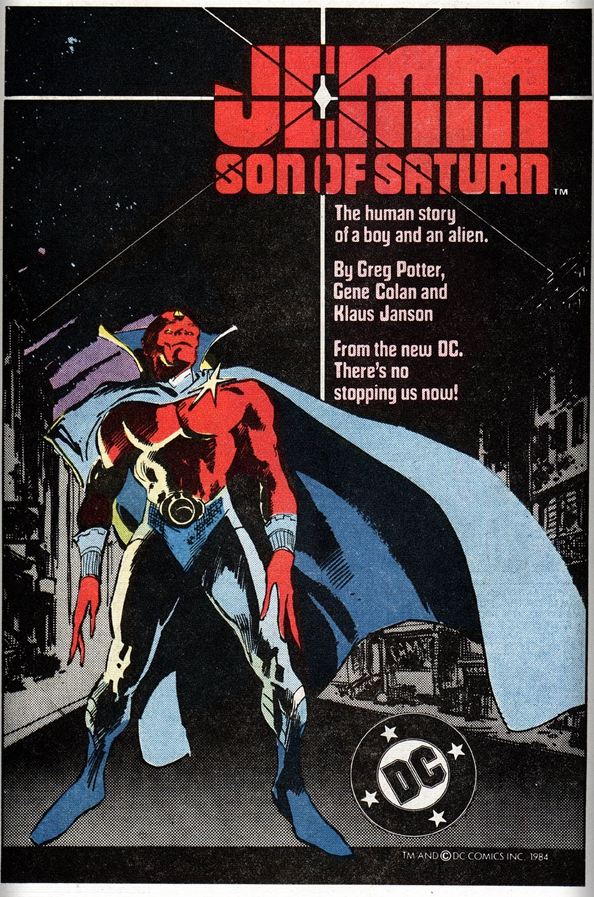
Jemm, Son of Saturn was a twelve issue maxi-series published from 1984 to 1985 that introduced an extraterrestrial of the same name to the DC universe. Jemm was created by Greg Potter and Gene Colan. This was Potter’s first major work for DC, previously his contributions to DC included submissions to horror/mystery comics such as House of Mystery and Secrets of Haunted House (some of which received a lot of recognition). Gene Colan is well-known for the shadowy, moody textures he applies to his illustrations (you can see what I’m talking about during the seventy issues he pencilled for Marvel’s Tomb of Dracula). This wasn’t Colan’s first time co-creating a character – he had also co-created Marvel’s Blade the Vampire Hunter with writer Marv Wolfman.
When Potter was tasked to write the Jemm maxi-series, he set out to do something different. Part of Potter’s manifesto, if you want to call it that, was to portray honest-to-God black people* in his series (as opposed to stereotypically typecast black people that were in other books, I’d imagine?). He was also intent on making sure that the aliens and humans didn’t speak the same language (because why would an alien be able to understand English?) to add to the realism of the story. So in short, Potter really did not want to lose reality in a story about an alien crash-landing in Harlem. I guess that would pretty much explain why I enjoyed this maxi-series, because it’s unconventional and doesn’t go the way you’d expect it to. Potter attributed Marvel’s Daredevil comic and Steven Spielberg’s E.T. (1982) as his inspirations for the “larger than life super-hero operating in the most stark, gritty environment of urban life” vibe he was going for. Potter ensured to include a lot of depth and characterization to the storyline, thus contributing to the overall theme of “growing up/wonderment of youth” that runs through the maxi-series. Potter did not stick to any conventional character stereotypes – just when you had a character figured out, you’re wrong.
One of the most interesting things about this maxi-series was that Jem (the main character) was originally intended to be the cousin of J’onn J’onzz the Martian Manhunter. At the time, J’onn J’onzz was in comic book limbo – he hadn’t appeared in the DC universe since Justice League of America #200 (1982) – and plans were set in motion when this maxi-series was proposed to have Jemm be a martian as well as the cousin of J’onn J’onzz. When Gene Colan first designed the character, he had the Jemm/J’onn J’onzz relationship in mind – which is why they both physically resemble each other (with the exception of one being red-skinned and the other being green-skinned). Actually, you’ll notice many similarities between Jemm and J’onn: they both have similar powers (ex: flight, super strength, some sort of mind reading ability, etc), they are both extremely vulnerable to fire, and they both come from a dead planet. After the first half of the maxi-series was written and the first issue was pencilled, it was discovered that J’onn J’onzz would be reappearing in Justice League America #228 (1984) and Jemm was quickly changed at the last minute from a martian to a saturnian and all traces of J’onn J’onzz were omitted from the story (Jemm’s cousin, Jogarr, who appears during several issues of the story was originally intended to be J’onn J’onzz).
Yes, Superman does appear in a few issues of this maxi-series. To the writer’s credit, Superman does not appear as a sales gimmick, but as a plot device to move the story forward. Interestingly enough, the creative team thought long and hard before adding Superman to the story (in contrast to creating their own Superman-like character) realizing that the addition of Superman would basically cement Jemm’s connection to the DC universe. In the end they opted to include Superman.
You cannot mention this maxi-series without commenting on the Gene Colan pencilling and the Klaus Johnson (and later Bob McLeod) inking. Colan’s illustrations were darker and more shadowy than the usual DC house style and brought a lot of mood and atmosphere to the series which really made it stand out. Potter’s writing is enjoyable and is unique in that the story is constantly changing and taking you to places you weren’t expecting.
Fan mail from Jemm was overwhelmingly positive and ideas were suggested to have an ongoing Jemm, Son of Saturn series. The thing about a maxi-series is that it tells a complete story – it includes a resolution and resolves all dangling plot lines (much like a graphic novel) – and there was some hesitance from the creative team to create an ongoing series so quickly. It was rumored that Jemm would appear in a 1986 DC Special – but that idea never materialized. Jemm would appear nearly 10 years later in the pages of Grant Morrisson’s JLA series. Several years later John Ostrander would expand upon the Jemm/J’onn J’onnz connection in his 1998 Martian Manhunter ongoing series.

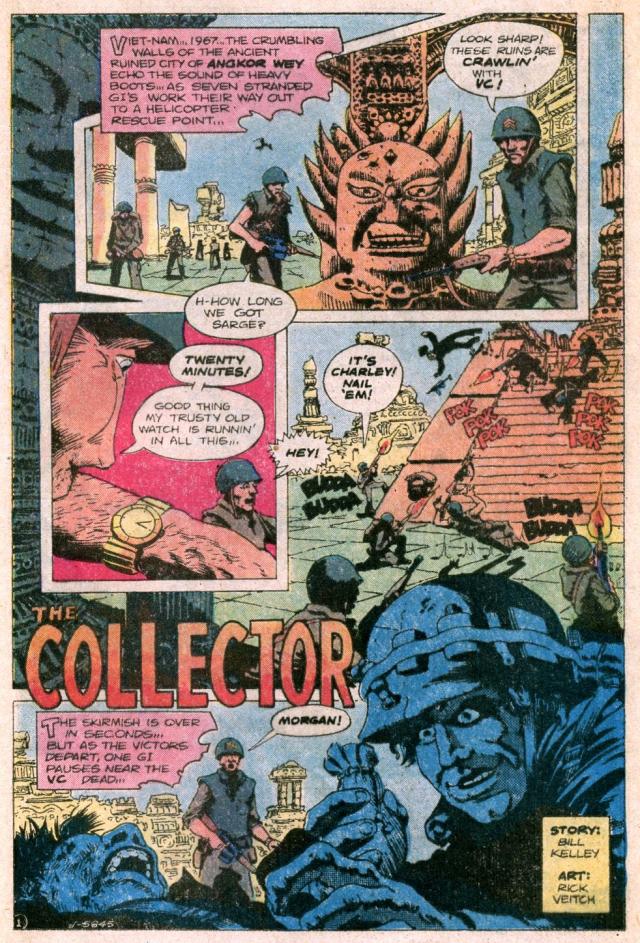
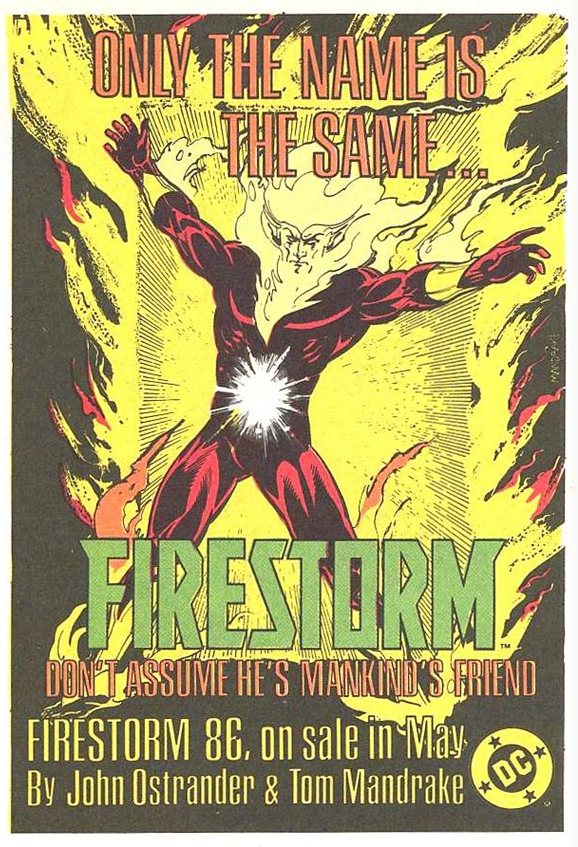
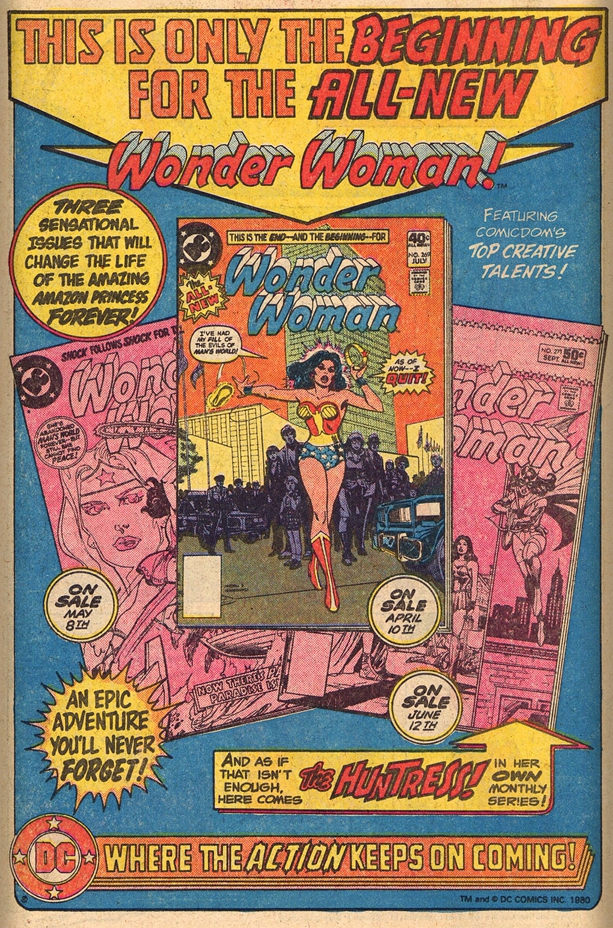

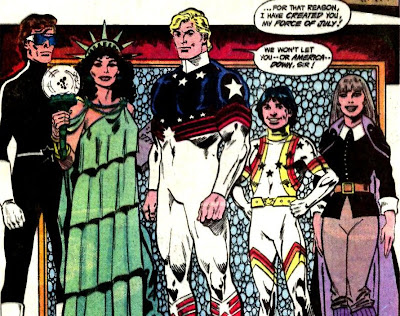 Pretty much a throwaway group of really bad character designs when they were introduced in Batman and the Outsiders Annual #1 they were, from left to right,
Pretty much a throwaway group of really bad character designs when they were introduced in Batman and the Outsiders Annual #1 they were, from left to right,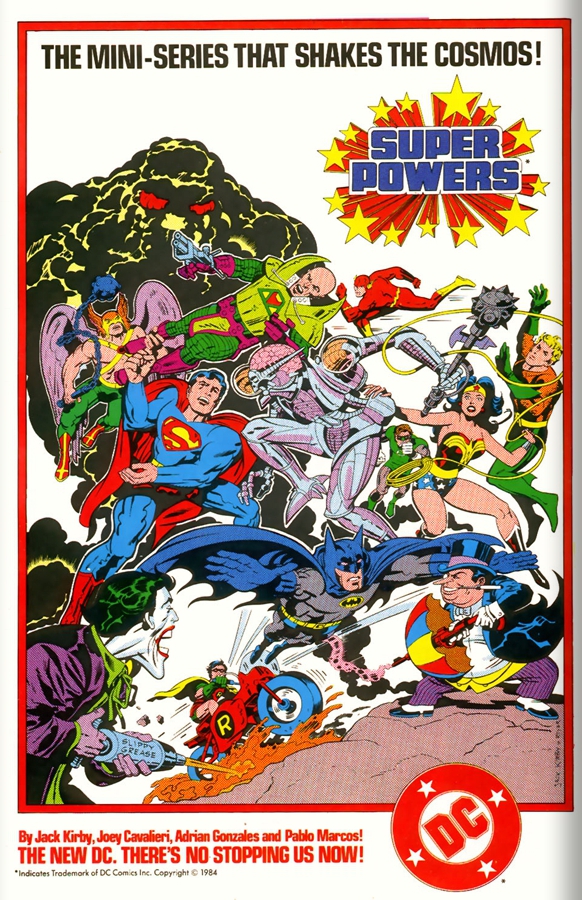
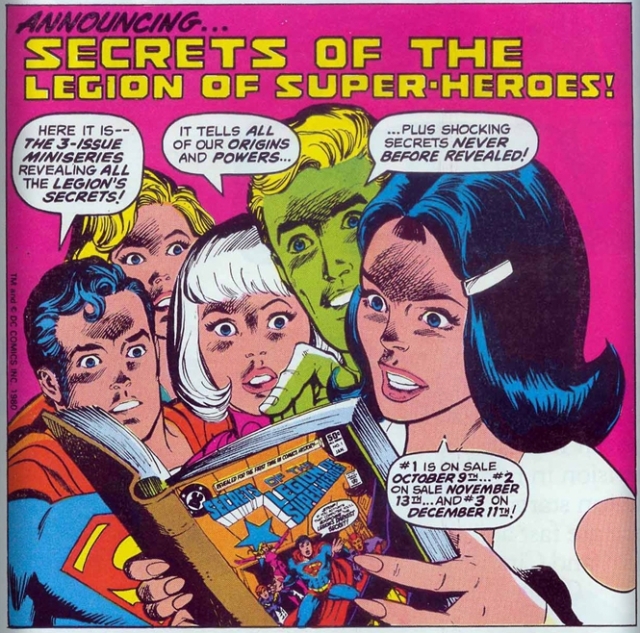
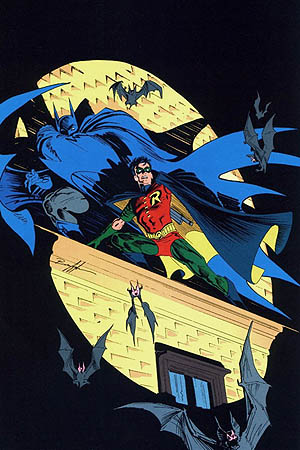
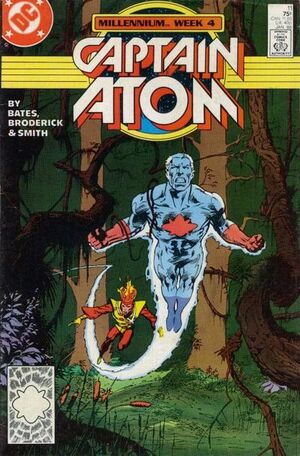 “A Matter of Choice”
“A Matter of Choice”